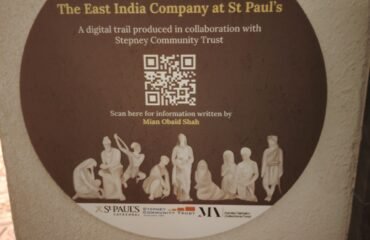Embarking on a journey to establish a not-for-profit organisation is a noble endeavour, driven by a desire to make a positive impact in the world. However, the process of choosing the right legal structure for your organisation can be daunting, with numerous options available and complex considerations to navigate. To assist in this decision-making process, let’s explore the various legal structures commonly used by not-for-profit entities and examine the key differences between them.
Unincorporated Structures:
Unincorporated structures offer simplicity and flexibility but come with certain limitations. The two main types are Unincorporated Charitable Associations and Charitable Trusts. Unincorporated Charitable Associations provide ease of setup but offer little liability protection for trustees. On the other hand, Charitable Trusts, formalised by a Trust Deed or Declaration of Trust, offer more structure but can be challenging to manage and have limited regulatory oversight.
Incorporated Structures:
Incorporated structures provide greater liability protection and operational flexibility but come with increased regulatory requirements. The main categories include Charities, Charitable Incorporated Organisations (CIOs), Companies Limited by Guarantee (CLGs), and Community Interest Companies (CICs).
- Charities: Charities enjoy tax exemptions and access to external funding but require strict compliance with regulatory standards. Trustees may be personally liable for the organisation’s debts.
- Charitable Incorporated Organisations (CIOs): Introduced in 2013, CIOs offer limited liability protection and streamlined regulation through a single regulator, the Charity Commission. However, they have several reporting requirements and lower thresholds for external audits.
- Companies Limited by Guarantee (CLGs): Similar to CICs, CLGs operate as limited companies but lack shareholders and dividend payouts. They offer transparency but require dual registration with Companies House and the Charity Commission, leading to regulatory overlap and complexity.
- Community Interest Companies (CICs): Registered with Companies House, CICs blend business operations with social impact, allowing for-profit activities while benefiting the community. They offer simplicity in setup and operation but may face limitations in accessing grants and funding opportunities available to charities.
Choosing the Right Structure:
Selecting the appropriate legal structure for your not-for-profit organisation requires careful consideration of your mission, goals, and operational needs. Factors such as liability protection, regulatory compliance, funding opportunities, and operational flexibility should all be weighed when making this decision.
Funding:
A significant divergence in operational approach between CICs and charities lies in their primary sources of income. While charities predominantly rely on donations and grants, CICs derive the majority of their revenue from commercial activities.
However, this does not imply that CICs are precluded from receiving grants or donations. In certain scenarios, seeking funds through these channels may be prudent, such as during the initial stages of establishment or when piloting a new service. Nevertheless, the principal income stream for CICs typically arises from the sale of goods or provision of services.




